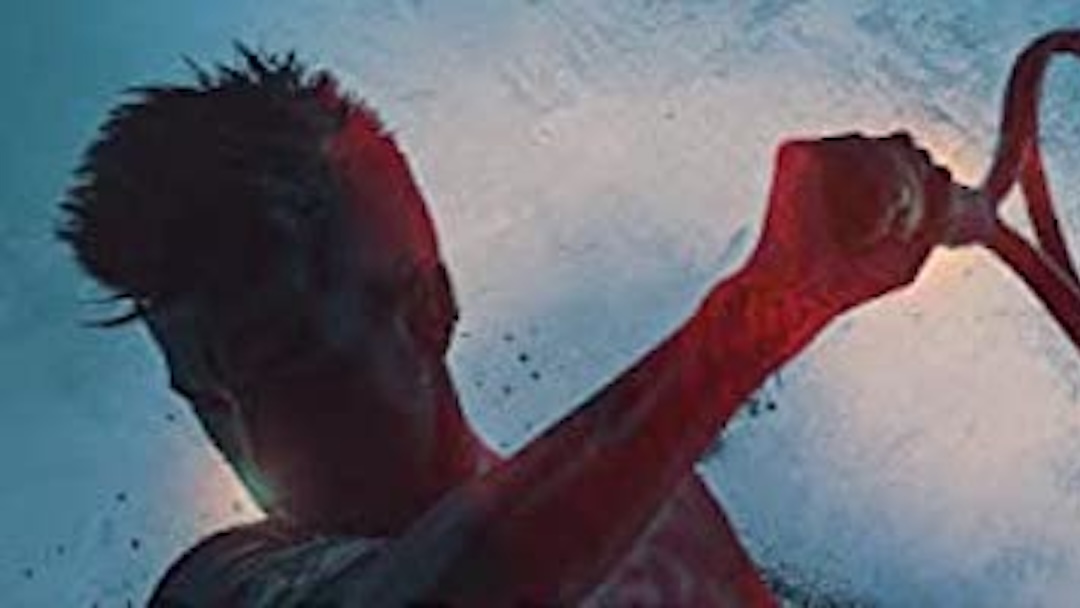Althea Gibson was the first African American to break the color barrier in tennis. She won the French Championships (now French Open) in 1956 and followed that up by winning Wimbledon and the US Nationals (now US Open) in 1957 and 1958. She was voted the AP Female Athlete of the Year in both years. She won 11 Grand Slam tournaments: five singles titles, five doubles titles, and one mixed doubles title.
Tragically Althea played in the amateur era of tennis. She was unable to profit from her achievements like professional tennis players did during the open era, which came shortly on the heels of her retirement from the sport. Additionally, because of her gender and skin color, she was unable to land lucrative post-tennis employment that other players of her time enjoyed.
Sadly, Althea’s life is arguably under-memorialized. The USTA named the stadium used for the US Open after Arthur Ashe. The tennis center where the tournament is held is named for Billie Jean King. It wasn’t until 2019 that a statue was installed at the site honoring the tennis pioneer. It seems like an understatement to her impact on tennis in the United States and internationally.
Former Boston Globe reporter Sally H. Jacobs examines the player’s life and legacy in Althea: The Life of Tennis Champion Althea Gibson. It is a sweeping biography that starts with the personal circumstances of her childhood and the societal conditions of the time. Jacobs is adept at recognizing those who helped Althea along the way while highlighting the political motivations that were often prioritized above what was best for her as a person.
I found Jacobs’ account of Althea’s early life to be comprehensive and frank. While other sources tip-toe around what a complicated person she was, this book is able to directly acknowledge her characteristics by first outlining the childhood roots that likely contributed to her less-than-conventional persona.
This biography effectively outlines the tension between the person that Althea was versus the person that the black press wanted her to be. In fact, the journalists from her own race were most frequently some of her harshest critics and carriers of innuendo about her sexuality. Althea was frequently pressured to be much more involved in the civil rights movement that she was reticent to speak publicly about.
As an individual sport, breaking the color barrier in tennis was a much lonelier task than other sports. Althea did not have the support and camaraderie of teammates that Jackie Robinson enjoyed. This book highlights the lonely journey that paved the way for other black tennis players, including Arthur Ashe, Zina Garrison, and Venus and Serena Williams.
Althea: The Life of Tennis Champion Althea Gibson is highly recommended for tennis fans and people who want to view the civil rights movement from the individual perspective of a solitary trailblazer.
Fiend At Court participates in the Amazon associates program and receives a paid commission on any purchases made via the links in this article. Details on the disposition of proceeds are available on the “About Fiend at Court” page.



